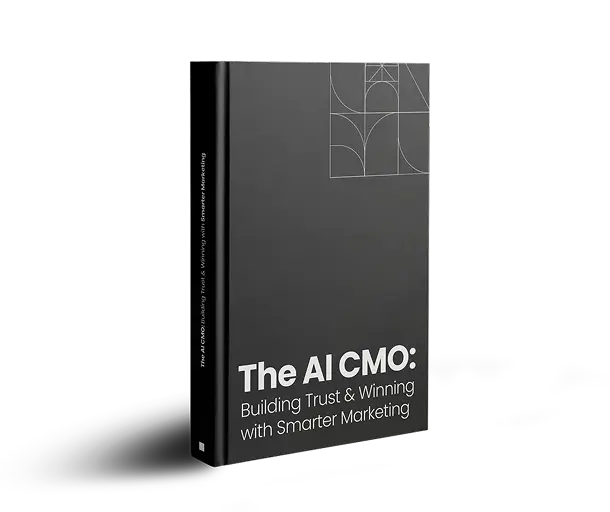
Introduction
Generating a pool of lead is not a daunting task. Once you know the right technique and tool to use. For consistent growth, nurturing and qualifying your leads is essential if you intend to see an increase in revenue. In a short while, we will take a brief look at the danger accompanied when your leads are not qualified, and the benefit that accompanies lead qualification
The Bad
Not qualifying your leads this bad, the question is why? If you have experienced what are the benefits of a good lead, then you might have a notion of the opposite (bad leads) and the procedure to follow and get them appropriately nurtured. Let’s take a look at some of the adverse effects attainable from bad leads.
Counter Productive and a Complete Waste of Time.
Working hard is one of the essential principles of success. But sometimes it is vital to pause awhile and ask yourself, “Is this the right direction, or am I beating about the bush?” A lot of businesses out there give more attention to quantity at the expense of quality. It’s true you want your origination wants to grow more leads, but at the same time, they want to gain access to clients that are a good fit, and this is the missing link for most companies.
Engaging The (Wrong) People
It logical to want to attract all kinds of clients irrespective of how qualified they are; maybe with little push, they will give in with time. Well, the concept is a complete waste of time and will only create more pressure and challenges for your team. Pending the expectation of a client for a protracted period will only make their patience thin and affect their level of satisfaction.
Bad Blood, Bad Rep
Let’s say, for instance, if you have an unqualified client on board, and after a stipulated period, he/ she decide to cancel their request due to low proficiency on the path of your team. The question is, would they recommend your performance to a friend who wants to inquire about your service? Sure, their conversation won’t be flattery words. If the experience they had with your company wasn’t good enough, they will for sure share with their friends. Sometimes, it could get worse when they share over social media.
The Good
Here is the good news; you don’t have to go through this stress if your qualification for lead was rightly done. You don’t need to oversell your performance and subject your team to the humiliation of offering a service that is way out of their expertise.
Time Efficient
If your leads are well qualified, you will save more time on productive than dead-end leads or businesses that are out of your expertise. So, it is imperative to focus and outline all the steps used by your team to qualify leads. Buying cycle and profile attributes are also a significant factor to be mindful in this regard.
Revenue Booster
The way you generate revenue via conversions that are expressed within your sales team is affected. Access to qualified leads will improve your close rates, but it is also vital that you and your team share mutual understanding regarding this; since it will help implement a successful and consistent result.
Your team can use the ANUM technique, which is a standard procedure your organization can adopt to qualify leads and ensure both salespeople and marketers are aligned:
- Authority
- Need
- Urgency
- Money
Implementing this strategy will help you know the stage and quality of each prospective client.

Fig : Choosing lead Generation Partner
Lead Qualification Frameworks
The B2B lead generation technique doesn’t offer a simple method of generating leads; this time, you will need to use “one all to kill all two birds.” You can qualify leads that suit a particular business or market using a couple of procedure but will focus on:
CAMP
In the framework, you will need to put the need of your prospect or client into consideration with a modern approach for the qualifications of a sales lead. Products are not the benchmark for purchases, but a proper desire and need for it will go a long way.
- Challenges – What are the obstacles encountered by the prospect? Can you provide the right answers and solutions to these needs?
- Authority – Can a prospect say “Yes” when buying your service or product?
- Money – How much is the client willing to offer a service or product?
- Prioritization – How important is it for you to provide solutions that are related to the needs of your clients?
GPCT
This accept requires a little more detail when qualifying leads. It involves picking out from the goal of your client and extend to their timeline; to be sure that all is in line with your expertise, and that you can help them through. In short, it is about where your business currently is and where they are trying to reach or what are they trying to achieve. If broken down further, it can be categorized as:
Goal – What goals do they want to attain? You will need to help them think outside the box when it is about their personal goals. Think realistically and help them to see the big picture.
Plans – What plan do they have and will implement to attain their goals? Make necessary inquiries to know if this is their first time to implement such a project or if they have done something similar to it before.
Challenges – How to help a prospect to overcome their company’s or personal problem is the most significant aspect of every sale.
Time – Irrespective of how often it occurs, it could be ones or recurrently.
How to Better Qualify Leads
Making good judgment should be your watchword when qualifying a lead. Is it advisable to sell to a prospect? If yes, what is the best tactics or framework that will help evaluate your deal? Does your current prospect match the service you provide? Before selling to a prospect, you will need to qualify them and ensure that they are fit to the standard you hold for your team or company.
Here are four signs to use to examine and grade your performance and see if you are rightly evaluating leads the right way or if additional work is required.
- Productive sales representative
- Successful customers
- Your close time frames
- Predictions (you will need to know the type of deal you want to get involved in and the actual worth)
Conclusion
Once all of these signs are spotted out in your qualification process, you are good to go! On the other hand, if you discover that you have a lot of prospects that are not qualified, this means you’re probably investing more time with people that are not a good match when compared to the type of service you provide.
Our blog
Latest blog posts
Tool and strategies modern teams need to help their companies grow.

Video has emerged as one of the most effective tools to cut through the noise and con...

The way B2B buyers research, engage, and decide has changed and so must the way marke...

Channel marketing helps B2B companies grow by partnering with third-party sellers. It...






